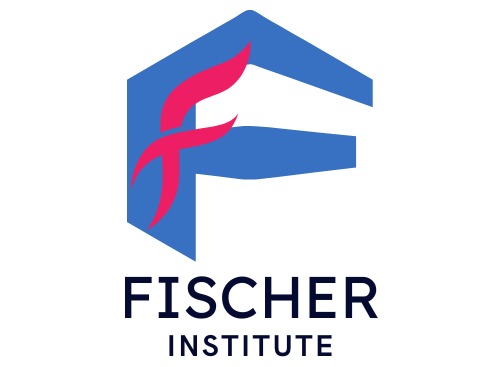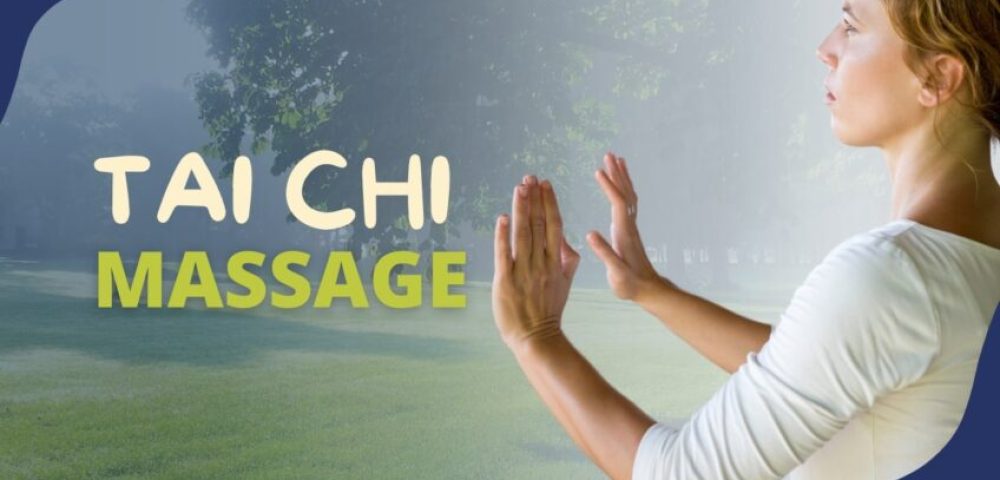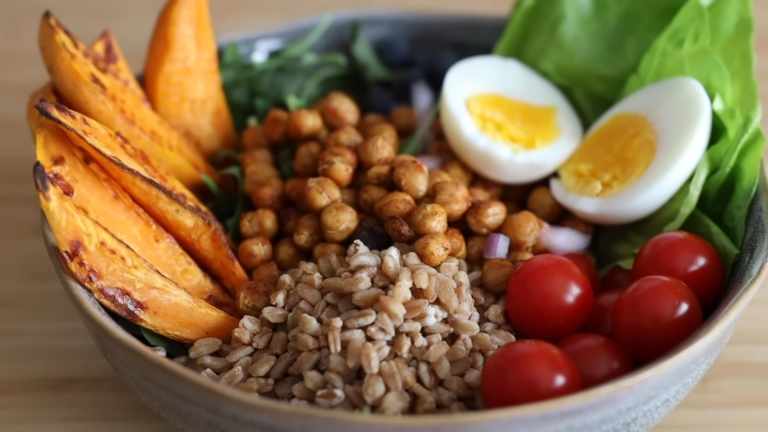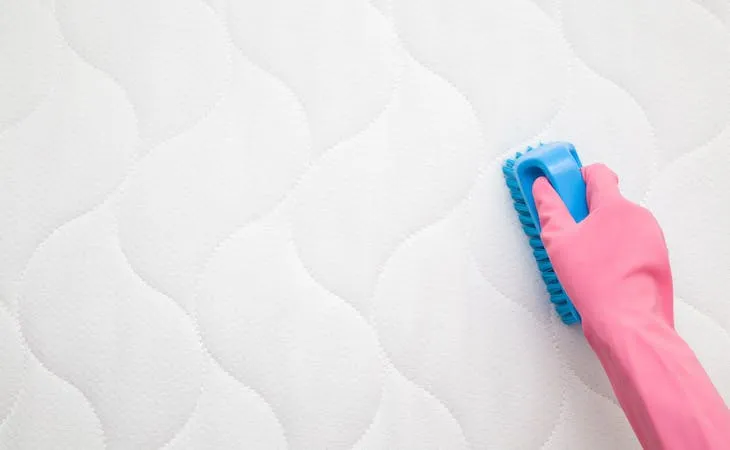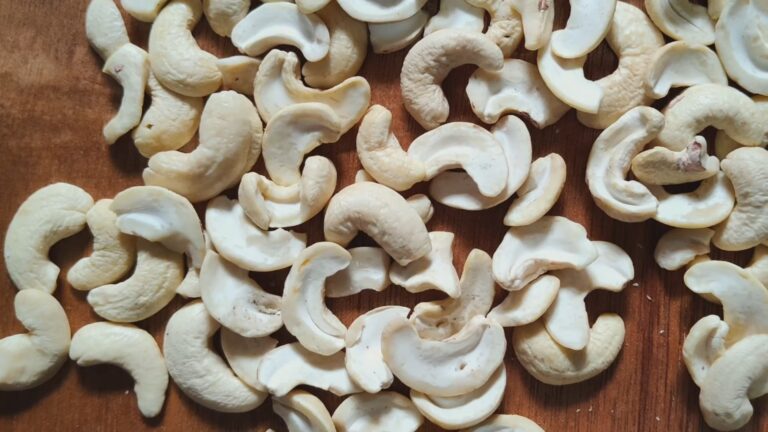Tai Chi massage therapy is an intuitive treatment that is guided by the practitioner’s abilities with internal energy (or “chi”).
You need to have a thorough knowledge of Tai Chi and a set of treatment abilities to apply your Tai Chi knowledge through in order to “do” Tai Chi Massage.
Page Contents
What is it?
Tai Chi massage, also known as Tai Chi bodywork, is a form of therapeutic massage that incorporates principles of Tai Chi and Traditional Chinese Medicine (TCM). It is often described as a meditative and gentle form of bodywork that aims to balance the flow of energy (qi) in the body.
This massage typically involves the use of gentle, flowing movements and pressure applied to specific points on the body, similar to acupressure. The practitioner may use their hands, fingers, elbows, or other parts of their body to apply pressure and manipulate the body’s soft tissues.
In addition to physical benefits, such as reducing muscle tension and promoting relaxation, Tai Chi massage is also believed to have therapeutic benefits for the mind and spirit.
By working on the body’s energy meridians, it is said to help balance emotions and calm the mind, leading to a greater sense of well-being and inner peace. It can be practiced as a standalone therapy or in conjunction with other forms of Tai Chi or TCM, such as acupuncture or herbal medicine.
It is generally considered safe and suitable for most people, although it may not be appropriate for individuals with certain health conditions or injuries.
Tai Chi’s History

Tai chi was created in the early 1600s by Chen Wang Ting in Chenjiagou, Henan, China. It is based on the yin and yang, the two polar energies connected to masculine and feminine, night and day, old Taoist ideas. Tai Chi Chuan, the full name, literally means Great Diagram Boxing.
The diagram of the two principles of yin and yang, represented as two fish endlessly transforming into the other polarity, is the well-known tai chi sign of the two polar energies converting into each other inside a circle.
Chen Wang Ting developed the initial forms of tai chi by combining his understanding of Chinese martial arts with Taoist theory and techniques for guiding qi (vital energy), dao yin (exercise), and tuna (deep breathing).
They were intended to be a way to cultivate both plentiful qi flowing through a flexible body and martial strength. Since it developed the fighting techniques required for real combat without causing injuries from actual combat training, it represented a new approach to learning and performing martial arts.
Because the motions in the form are performed as if a partner were there, tai chi has occasionally been referred to as “shadow boxing.”
A well-known myth about the origins of tai chi tells the tale of a Taoist monk named Zhang San Feng who, while engaging in meditation in the isolated mountains, saw a bird and a serpent engaged in combat.
The snake’s flexible, agile movement enabled it to defeat the bird and avoid becoming dinner. This caused the monk to reflect on the value of flexible strength as opposed to rigid strength, and inspired him to create what became known as tai chi, based on the principle of yin and yang.
Health Benefits
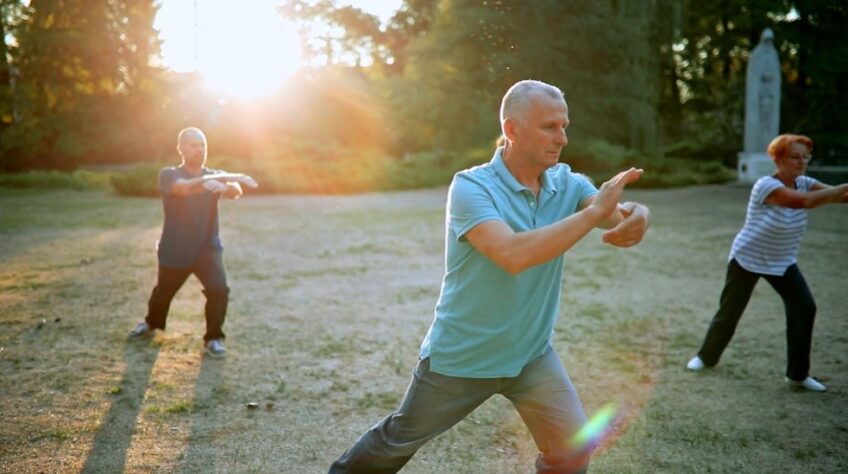
Whatever the true origin of tai chi may be, it has become a popular health practice around the world. Most people have seen TV documentaries that show groups of elderly Chinese people practicing tai chi in the parks of China.
The health benefits for seniors have been well documented in research, and show regular practice of tai chi can prevent falling, increase postural stability and develop a greater ability to recover from and deal with stress.
Here are some of the health benefits associated with practicing Tai Chi:
Reduces Stress
Promotes relaxation and mindfulness, which can help reduce stress levels. It has been shown to decrease cortisol levels, the hormone associated with stress.
Improves Balance
Massage movements require shifting weight from one foot to the other, which can help improve balance and prevent falls, especially in older adults.
Enhances Flexibility and Range of Motion
It involves slow, gentle movements that help to improve flexibility and range of motion in the joints. It can be especially beneficial for people with arthritis or other joint conditions.
Boosts the Immune System
Some studies have suggested that regular Tai Chi practice can boost the immune system, helping the body to fight off infections and illnesses.
Lowers Blood Pressure
It helps to reduce blood pressure, which is a risk factor for heart disease and stroke.
Improves Cardiovascular Health
A low-impact form of exercise that can help improve cardiovascular health by increasing heart rate and oxygen uptake.
Promotes Relaxation and Better Sleep
The deep breathing and meditation involved in Tai Chi can help promote relaxation and improve sleep quality.
Reduces Inflammation
It has been shown to reduce inflammation in the body, which is associated with many chronic health conditions, including arthritis, heart disease, and cancer.
Strength and Sensitivity
Pushing hands is a two-person exercise used in martial arts training. This practice is meant to help you become more sensitive to your partner’s tension in her body and motions as well as her force direction.
Then, the force is diverted, upsetting the person’s balance and neutralizing his strike. This is the central theme of the martial application of tai chi. Weapons are also used to further cultivate strength and sensitivity. The sword, broadsword, spear and halberd are the most commonly used weapons in tai chi.
Massage therapists can benefit from practicing tai chi because it can help develop many of the attributes needed to be a strong, long-lasting therapist.
Is It an Alternative Or Complementary Practice?
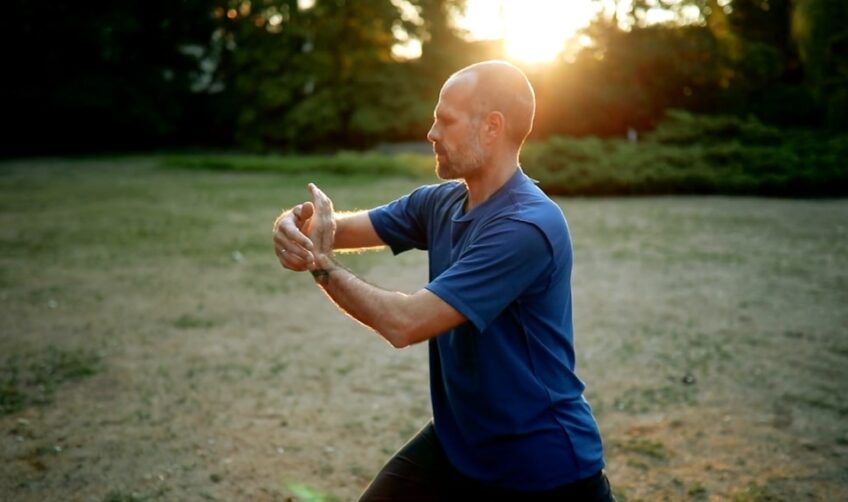
Tai Chi can be considered both an alternative and complementary practice, depending on the context in which it is used.
As an alternative practice, it is sometimes used as a primary treatment for certain health conditions. For example, some people use Tai Chi to manage chronic pain, reduce anxiety, or improve balance and mobility. In these cases, may be used in place of conventional medical treatments or as an alternative to more invasive interventions.
As a complementary practice, it is often used in conjunction with other treatments or therapies to enhance their effectiveness. For example, some cancer patients may use Tai Chi to help manage side effects of chemotherapy, or individuals with depression may use Tai Chi in combination with talk therapy or medication.
In general, it is considered a low-risk and accessible practice that can be beneficial for a wide range of health conditions and concerns. It can be practiced by people of all ages and fitness levels and can be adapted to suit individual needs and abilities. As such, it can be used in a variety of ways, as an alternative, complementary, or integrative practice, depending on the goals and needs of the individual.
- Read more here about astym therapy if you like this article so far.
Styles of Tai Chi
The best style of tai chi is one you can find a teacher of, that you like and that you actually practice regularly. Each style emphasizes different techniques, movements, and philosophies, but all share the basic principles of Tai Chi, including relaxation, balance, and flow.
Here are some of the most common styles of Tai Chi:
- Chen Style: The oldest and most original style, characterized by its explosive power and low stance.
- Yang Style: The most popular and widely practiced, known for its slow, flowing movements and emphasis on relaxation.
- Wu Style: Developed by the Wu family in the mid-19th century, this style emphasizes smaller, more compact movements and a more upright stance.
- Sun Style: Developed by Sun Lutang in the early 20th century, this style combines elements of Tai Chi, Xingyiquan, and Baguazhang and is known for its fluid, circular movements.
- Hao Style: A lesser-known style of Tai Chi that emphasizes precise, small movements and a higher stance.
- Zhaobao Style: Another lesser-known style, characterized by its quick, explosive movements and use of a narrow stance.
Integrating Into Your Health Routine
his gentle form of bodywork can be a valuable addition to your health and wellness routine, helping to promote physical, mental, and emotional balance and well-being.
Here are some tips for incorporating Tai Chi Massage into your health routine:
Start with A Consultation
Before you begin a Tai Chi practice, it’s important to consult with a qualified practitioner to discuss your goals and any health concerns or conditions you may have. This will help ensure that the massage is tailored to your individual needs.
Set Aside Time for Regular Sessions
Like any form of bodywork, this is most effective when practiced regularly. Schedule regular sessions with a practitioner, or consider learning some basic techniques to practice on your own.
Combine with Other Forms of Exercise
It can be a great complement to other forms of exercise, such as Tai Chi or yoga. By combining different practices, you can create a well-rounded routine that supports your overall health and wellbeing.
Use as A Tool for Stress Management
Tai Chi Massage can be an effective tool for managing stress and anxiety, helping to calm the mind and promote relaxation. Consider scheduling a session before or after a particularly stressful event, or as a regular part of your stress management routine.
Incorporate Into Your Self-Care Routine
Taking care of your body and mind is an essential part of overall health and wellness. Consider incorporating into your self-care routine, along with other practices like meditation, journaling, or spending time in nature.
Explore Other Forms of Traditional Chinese Medicine
It is just one of many forms of Traditional Chinese Medicine (TCM), which also includes acupuncture, herbal medicine, and dietary therapy. Consider exploring other forms of TCM to create a holistic approach to your health and wellbeing.
FAQs
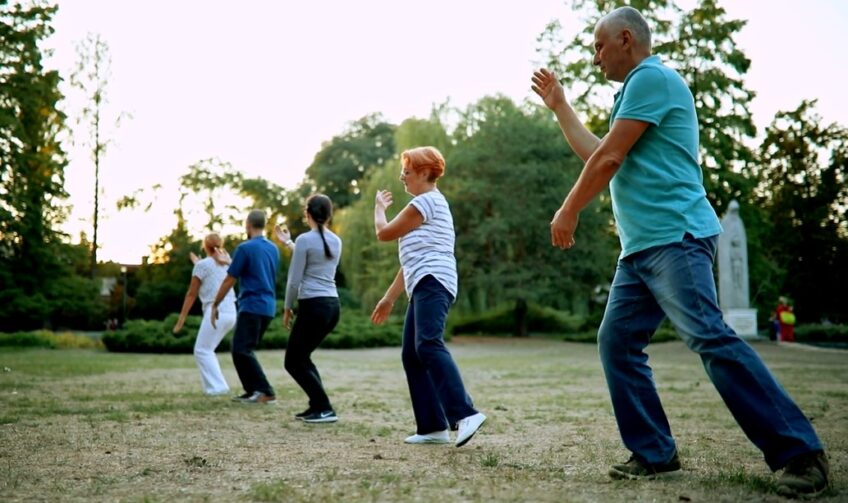
Can Tai Chi Increase Testosterone?
Research has found that regular practice of Tai Chi can increase testosterone levels. However, it is important to note that the increase in testosterone is not as significant as that seen with resistance training. Furthermore, increased testosterone levels due to Tai Chi are not permanent and only last while the individual is actively practicing. Therefore, it is important to maintain regular practice in order to maintain increased testosterone levels.
Why Is Tai Chi so Powerful?
Tai Chi is powerful for many reasons. It helps to strengthen and balance the body, improve flexibility and coordination, and increase physical and mental well-being. Additionally, it promotes relaxation and mindfulness and can help to reduce stress and anxiety.
Tai Chi is also a form of martial arts, and can be used for self-defense.
Finally, it is a great way to exercise since it is low-impact and can be done at any age, making it an accessible form of exercise for all
Can It Reduce Belly Fat?
Additionally, other studies have found that tai chi can be as effective as conventional exercise for reducing belly fat and can be an effective alternative to conventional exercise in the management of central obesity.
Therefore, regular practice of tai chi can be an effective means of reducing abdominal fat.
Is Tai Chi Harder than Yoga?
At the introductory level, yoga and tai chi are both quite simple exercises. Tai chi is more taxing than yoga as the intensity increases, though. This is not shocking considering that tai chi was created as a fighting art.
What Does Tai Chi Do for The Brain?
Research has found that regular practice of Tai Chi can improve brain function in both healthy and cognitively impaired individuals. It has been shown to increase brain volume and improve memory, and can help to delay the onset of dementia.
Additionally, it can help to reduce stress and anxiety, and improve attention, concentration, and alertness. It can also help to improve balance and coordination, which can help to reduce the risk of falls.
Finally, it can help to improve physical health, as well as mental and emotional wellbeing.
What Age Group Is It For?
It is suitable for people of all ages, from young children to seniors. It is a low-impact exercise, so it is suitable for people of all fitness levels, and the gentle movements make it particularly well-suited for the elderly.
In China, where the practice originated, people of all ages practice Tai Chi.
Conclusion
It can be a valuable addition to your health and wellness routine, helping to promote physical, mental, and emotional balance and wellbeing. By incorporating regular sessions into your routine and exploring different ways to use this gentle form of bodywork, you can create a holistic approach to your health that supports your long-term health goals.
Theodore is a prolific author at Fischer Institute, known for his insightful articles on health and nutrition. His expertise spans a wide range of topics, from the benefits of traditional foods to the latest in health trends, always aiming to educate and empower readers towards better wellbeing.
